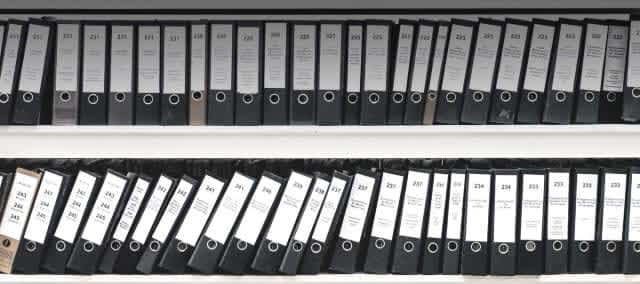What your statement shows
Defined contribution pension
Most schemes are defined contribution schemes, (also known as money purchase plans). These include both company schemes, personal pensions and workplace pensions. With this type of scheme, the amount you’ll end up with at retirement depends on the contributions you’ve made, those of your employer (if it’s a company scheme), and investment returns. When you receive your defined contribution pension statement, which your provider is required to send you annually, it’ll show you the following:
The value of your pension. This is how much your fund is currently worth.
How much you may get when you come to take money out of your pension.
Your statement will provide an estimate of how much income you’re likely to receive at retirement if you converted your pension into an annuity when you stop work. An annuity provides you with a guaranteed income for life in return for some or all of your retirement savings, so the figure on your pension statement tells you how much you could potentially get each year using certain assumptions. Bear in mind though that an annuity isn’t the only way to get an income from your pension when you retire and there are other options you might want to consider when the time comes. For example, if you want a flexible retirement income, you may decide to go for ‘flexi-access drawdown’. This means your pension pot remains invested after retirement, and you take income from it as and when you need it. Not all defined contribution pension providers offer flexi-access drawdown, so if this is a route you’re considering you’ll need to find out if you can transfer your pension funds elsewhere either now or at some point before your retirement.
3. When you can start drawing your pension
The age at which you can take your pension is usually shown by your pension provider as your ‘selected retirement age’ or ‘normal retirement date’. Your normal retirement age if you belong to a company scheme will usually be between 60 and 67. The earliest you can take money out of your pension is 55 (this is due to increase to 57 by 2028).
4. If there are any special features
Your statement should also tell you if your scheme has a ‘special feature’. This could, for example, be a ‘guaranteed annuity rate’, which may mean you get a guaranteed fixed rate of income at retirement.
5. What your pension transfer value is
his is the amount you’d receive if you moved your pension to a different provider. If the transfer value shown on your statement is less than the value of your pension savings, be wary as this may mean you’ll be charged an early exit fee if you want to move your pension elsewhere. In many cases, what your statement won’t show is the annual charges that you’re paying. You may be able to find these in ‘Key Features’ documents, or your online account but rarely will you find them on your annual pension statement. As the annual charges directly affect the investment returns you’re getting it’s important to know what you’re being charged.
Defined benefit pension
With defined benefit pensions, the amount you’ll receive at retirement depends on how long you’ve belonged to the scheme and your salary. Your statement should show:
What date your pensionable service started and the rate at which your benefits build up
Your pensionable service is the number of years you’ve been a member of your defined benefit scheme.
2. What your pensionable salary is
This is the part of your salary on which your pension in retirement is based on (and so might not include things such as bonuses or overtime).
3. What your retirement benefits will be
Your statement should show what income you can expect if you worked until your company’s normal retirement date, or deferred benefits if you were to leave the scheme.
Whichever type of pension you have, make sure you pay close attention to your pension statements. Understanding exactly how much you could receive when you retire can help you decide whether you might need to top up your pensions savings, or if you’re on track to achieve the level of income you’ll need when you do eventually stop work, or start wanting to work part-time.
And good news! If you’re a customer of Profile Pensions, and have opted for us to review your pension performance every year, one of our experts will be in contact each year to help you understand your pension statement and make it clear. If you’re not already a customer and would like more information you can contact us here.



